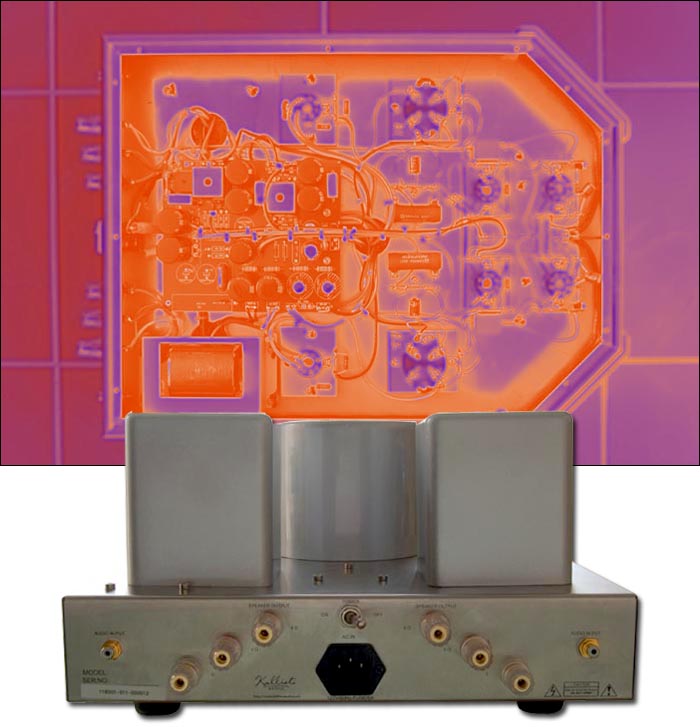
Reviewer: David Kan
Digital Source: Restek Radiant, Marantz SA-8620, Philips DVP-9000S, Assemblage D2D-1/DAC-3.1 Platinum
Preamp: Audio Note M1 [on loan], Audio Zone Pre-T1, Dared SL-2000A, Symphonic Line RG3 Mk III
Speakers: Dynaudio Facette, Loth-X Ion BS-1, Klipsch Synergy F2, Unity Audio Inner Spirit [on loan]
Cables: Unity Audio Solid Link interconnect [on loan], Clearaudio Silver Line interconnect, Deltec Black Slink interconnect, Luscombe LBR-35 interconnect, OCOS speaker cables by Dynaudio, Unity Audio Solid Link single-wire/Shotgun bi-wire speaker cables [on loan], Orphee Audio digital cable, Aural Symphonic Digital Standard digital cable
Power Cords: Aural Symphonic Missing Link, Ensemble Powerflux, Unity Audio Link /Precision Link [on loan]
Power Line Conditioning: Tice Power Block IIIC, Monster Power HTS-1000 Mk II
Room Size: 13' x 14.5' x 7/8', diagonal setup; 12' x 24' x 9' opens to 12' x 17' x 9' L-shape, short wall setup
Review component retail: $2,699
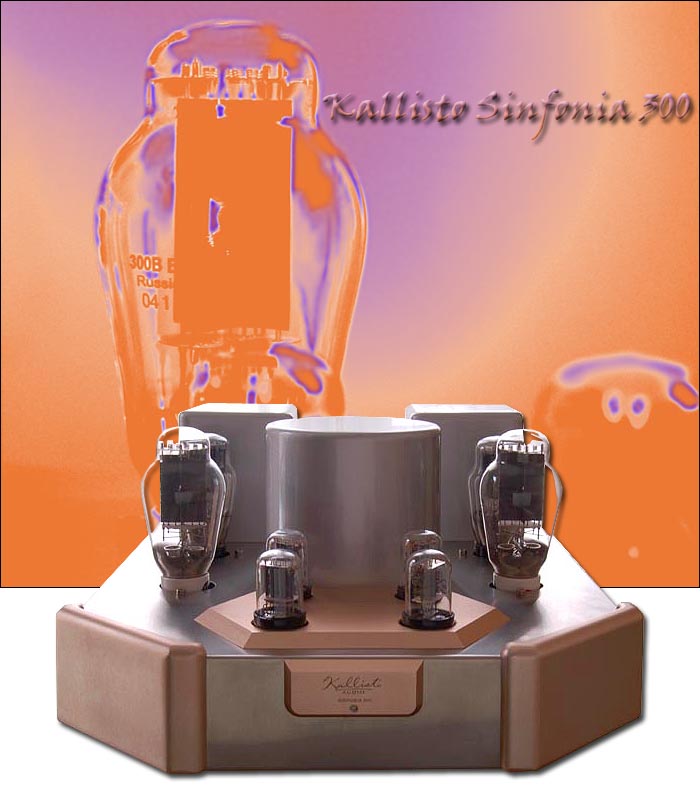
Romancing the valves
Japanese audiophiles have a figurative way of glorifying the 300B tube. They call it "the ball of dream and fantasy". This poetic analogy had long since been adopted by the Hong Kong audiophiles when I came to know about 300Bs. So it's only natural that a 300B single-ended triode amp would always have been in my dreams. Owning one is a romantic affair after all. And I've been pursuing one such sordid affair for many years. I know I'm no longer young but still, I didn't want to rush any tryst. I'm no Don Giovanni in this game (not that I don't want to, I can't afford to). I'd have to play it cool or I'd get my heart broken. Well, in fact I once did. Three years ago, I purchased an ABMIC (American Brand Made in China) 300B SE integrated amp for $2,000+ . It suffered so many QC problems that I had to send it back for a refund. The romance was short-lived but I did get a taste. I had my sweet moments.
Then I had the Song Audio SA-1 preamp and SA-300 monoblock for a couple of months, planning to write a review for a Chinese magazine whose management eventually called off the assignment. The Song Audio flagship combo is a $10,000 affair in which Mr. Song Kim realized his personal dream of valve passion and has been earning critical acclaim for it ever since. It skews towards the more traditional, legendary kind of 300B sound - very rich and warm, very relaxed and decidedly musical. The only thing that deterred me from keeping that trio was price – not unjustifiable, mind you, this retiree just couldn't justify it for his reduced income lifestyle. So this Korean woke up from his 300B dream to shift allegiances.
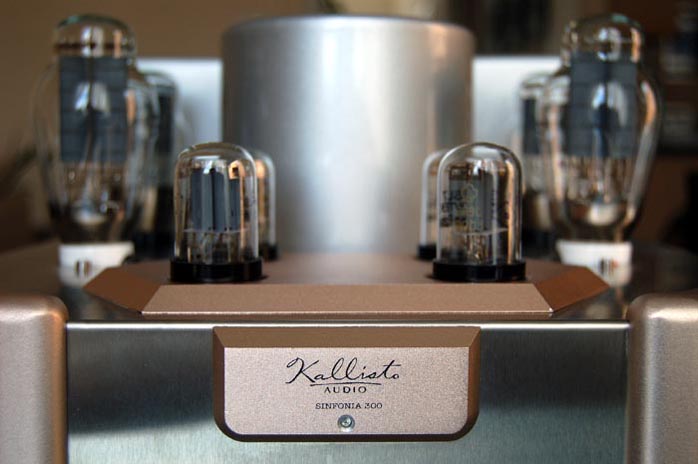
You see, Chinese audiophiles have their own way of glorifying valves. They call the 845 "King of Tubes" and the 300B "Queen of Tubes". It's probable that this deflected me at the last minute to swear loyalty to the King and acquire the Dared VP-845. After serving under His Excellency for two years, I sold my heavy-weight King of Tubes integrated because His Excellency had unceremoniously torn my left rotator cuff and didn't pay for the physiotherapy. If there was one side effect from my coup d'état, it's that I started to long for my Queen ever more ardently. Choosing a Queen is far more difficult than finding a King - unless you're Henry VIII. From the MIC list alone, there must be over 15 contenders to consider. The Kallisto Sinfonia 300 is one of the up-and-coming names on the respectable CBMIC list, the first 'C' meaning Canadian.
Based in Toronto, Canada, Kallisto Audio is the brainchild of two designers, Bruce Ng and Lawrence Lin, who both wreck their brains in the computer business (one in software, one in hardware) during normal daytime hours and wade in their audio passions the rest of the day - and night. The Sinfonia 300 is the only product they make at present. One brand, one power amp. But as a matter of fact, this amp is only 50% Chinese. The other 50% is completed -- or more precisely, handcrafted -- in Canada as Lawrence explained it. "The final voicing and quality control has to be done by ourselves. That's the most important part. Any factory in China can assemble anything for us. But we are responsible for the final outcome. We are obsessed with craftsmanship. We actually enjoy putting our finger prints on our own products." When they delivered the Sinfonia 300 to me a few months ago, my first question to the duo was: "Why isn't it an integrated amp?" My direct question was met by an honest answer: "With a power amp, it is easier for us to achieve the desired sound. But we also want to give our customers a certain leeway. Adding a preamp section tends to limit that. We have our own idea of how a 300B should sound or what sound we'd like to get out of a given 300B tube. Using our platform, customers can fine tune with their favorite preamp." I didn't let them off the hook so quickly. "So are you going to have a preamp of your own?" I thought that was a legitimate question considering that most audio manufacturers would have a full line-up of products. "We are working on it." There came the relief.
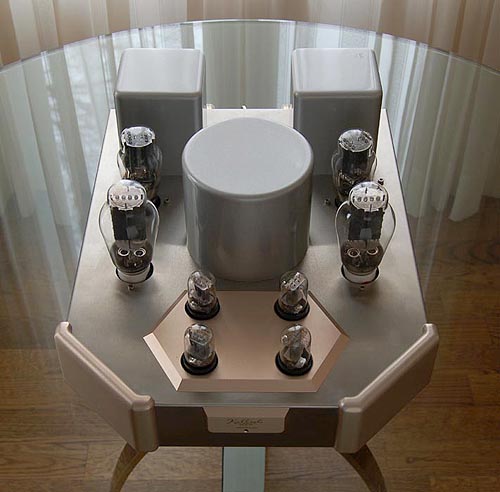
At first glance, the Kallisto Sinfonia reminds me of the early Shanling and Raysonic color schemes: gold and silver. (Both have since quietly migrated into monotone aluminium cosmetics.) The Kallisto takes on a bolder stroke though by using chunky copper alloy accents on a heavy-duty hair-brushed stainless steel chassis that reminds me of Sub-Zero fridges. It's less heavy than the Dared VP-845 but still a shoulder-ripping 70-pounder I gather. Sporting a huge toroidal power transformer and two not so small silicon-steel output transformers, it looks bigger than it really is. With a footprint of 14.25" x 18.5", in 'portrait' layout it's only a fraction bigger than most MIC 300B amps. The stock output glass is Russian Electro Harmonix Gold Grids in matched pairs. The octagonal front bears only the Kallisto Sinfonia model designation and a blue LED to indicate operation. On the sparsely populated back panel are the power on/off switch, IEC receptacle, RCA inputs and 4/8 ohm binding posts.
For the first few weeks, I enjoyed the freedom of roaming from preamp to preamp, taking my time for the Kallisto to break in. During that period, I began to form an impression of the kind of 300B sound the Kallisto was trying to achieve. Though it's still rich and warm, it's not so traditional in terms of the legendary 300B valve sound. While it still flatters string instruments and vocals, it has more revealing power in terms of texture and detail. Some audiophiles like to compare 300Bs with 2A3s. Both tubes have a similar physical look and construction and are direct-heated triodes favored by purists. The 300B operates on higher voltages (filament 5v/plate 300–450v) and, in a single-ended Class-A configuration, yields an output of 8 to 10 watts. The 2A3 operates on lower voltages (filament 2.5v/plate 250–300v) and, in the same configuration, yields a much lower output of only 3 to 4 watts. The general consensus is that a 300B amp will have more body and a warmer mid to lower resonance while the 2A3 will exhibit more finesse and resolution. Comparing the Kallisto to my Dared MP-2A3C somehow confirmed that theory except that the Kallisto did not fall short on finesse and resolution. I guess it's fair to say that the Kallisto was designed to close the gap between 300B and solid-state amps without betraying its valve identity.
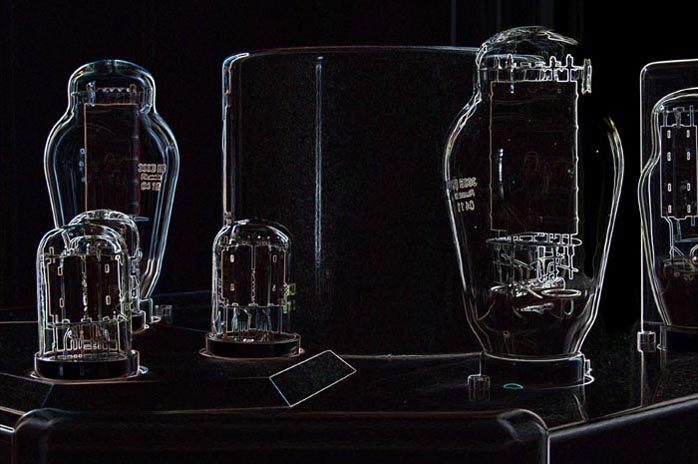
One day, Bruce delivered to my door an Audio Note M1 line preamp. It's the partnering gear they'd been using in one of their dealer's show rooms. I've been to a number of audio shows that featured Audio Note products and more recently an Audio Note showcase event at the same dealership. I must confess that I never liked the Audio Note signature sound. For my taste it is a valve bloom extravaganza. Orchestral soundstages are oversized and cluttered. Even chamber music is larger than life, violin indulgingly rich. To me it equates to valve obesity. But I'm sure that for a lot of people, it's pure valve ecstasy. Audio Note wouldn't be where they are today for nothing. Personal preferences aside, I happily hooked up the M1 to the Kallisto, winding up with my Restek CD player and Loth-X BS-1 on either end.
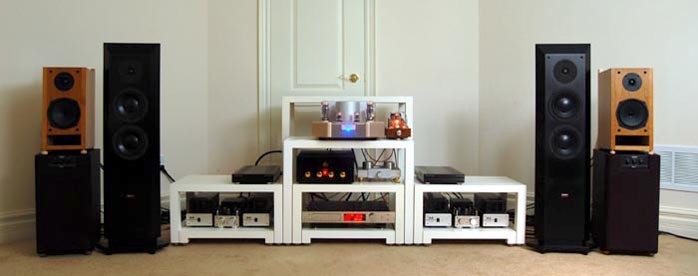
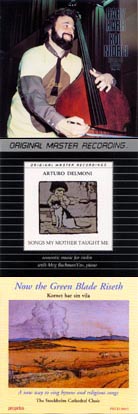 Quite unlike my previous all Audio Note system experience, the Kallisto and Loth-X carved out a well-proportioned sound image from the M1. I wouldn't be surprised if the Audio Note preamp helped close more sales for the Kallisto than one of their own power amps at the AN dealership. But that's wishful thinking on my part. You know how status symbols cast spells among audiophiles.
Quite unlike my previous all Audio Note system experience, the Kallisto and Loth-X carved out a well-proportioned sound image from the M1. I wouldn't be surprised if the Audio Note preamp helped close more sales for the Kallisto than one of their own power amps at the AN dealership. But that's wishful thinking on my part. You know how status symbols cast spells among audiophiles.
The Kallisto is just the new kid in town. (Bruce later told me that the reverse is true. The Kallisto helps sell more M1s, ironically for the same reason.) Anyway, the M1 still gave the entire sound spectrum a buttery feeling. Nice about that was how the butter was fresh from the fridge instead of helplessly melted down after a heated conversation over the dinner table.
It's actually quite nice - a full, rich valve color if that's your cup of tea. To most people, the mid to lower tonal spectrum is undeniably 300B, especially with Gary Karr playing Bruch's Kol Nidrei on his 1611 Amati contrabass or his own transcription of Deep River [King Record KICC 45]. Violin also sounds richer than reality as testified by Arturo Delmoni's SongsMy Mother Taught Me [Mobile Fidelity MFCD 877].
Vocals sound heavenly too. With Now the Green Blade Riseth sung by the Stockholm Cathedral Choir [Proprius PRCD 9093], the multi-layered harmonics from the mixed chorus sounded like echoing in a Medieval stone cathedral. These CDs have been hailed by audiophiles as reference grade recordings for many years and they are absolutely flattered by any tube system - or solid-state for that matter.
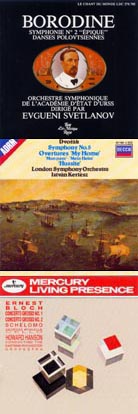
Even for the less flattering earlier analog recordings, the M1 seemed to provide a very agreeable masking effect. Let me quote three examples: Svetlanov's 'barbaric' reading of Borodin's Symphony No. 2 in B minor [Harmonia Mundi LDC 278.782, which is a reissue of my favourite Russian Melodiya LP]; Dvo?ák's patriotic Hussite Overture with István Kertész conducting the London Symphony [Decca 417 597-2]; and Bloch's Concerto Grosso conducted by Howard Hanson [Mercury 432 718-2]. These recordings are high-
octane full-blooded performances that often send the VU meters into the red and push the speakers to their limits, therefore having been criticized by some discerning ears to be "dry". The M1 did a very tactful job of toning down the abrasiveness and rounding off the edges. After all, sugar coating is always more palatable for the masses. For me who never minds that kind of abrasiveness and always keeps a watchful ear on my audio sugar intake, I see that as a faithful documentary of the interpretationist style.
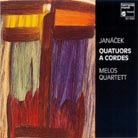
I still craved more details and textures, which I knew were originally on the recording and which the Kallisto was undoubtedly capable of extracting. Take Janá?ek's String Quartet No. 1 "Kreutzer Sonata" [Harmonia Mundi HMC 901380] for example. The Melos Quartet's reading of this soul-baring, emotionally charged work is electrifying. There are high-tension moments when the bows strike near the bridges to produce heart-wrenchingly intense tremolos. The M1 tended to butter them up too much, losing the immediacy, impact and biting pathos. However, some audiophiles (probably Audio Note fans) might conveniently choose to forget the fact that string
instruments in real life can be abrasive when pushed. I won't blame them. Their kind of idealized sound is addictive.

While I was still sober, I moved on to the Dared SL-2000A, my favorite tube preamp in the $500 category [below]. While my memory was still fresh, I played all the same CDs again. The first thing I noticed was how the cholesterol was immediately restored to a healthier level. The treble replenished with more texture and definition, which in turn helped the imaging. The mids and bass were tighter and packed more punch. Seeing that my earlier valve bloom phobia had gradually subsided, I substituted the 94dB 8-ohm Loth-X with the 83dB 4-ohm Dynaudio Facette. The Facette is one very fickle and unpredictable speaker about which, after all these years of love-hate partnership with most solid-state amps, I can now confidently state that it works extremely well with NuForce -- and, for some inexplicable reasons -- SET amps. Digital amps with high damping factors didn't surprise me. Tube amps I cannot explain. The first time I chanced about this fortuitous mating was with Song Audio's lovely SA-34 SB. Nobody would ever believe that this SET could drive the Dynaudios. But it did. The tiny integrated amp delivering a mere 4 watts per channel suddenly made the stubborn Facette open up and sing. With the Kallisto Sinfonia 300, the Facette sang even more eloquently and con brio!
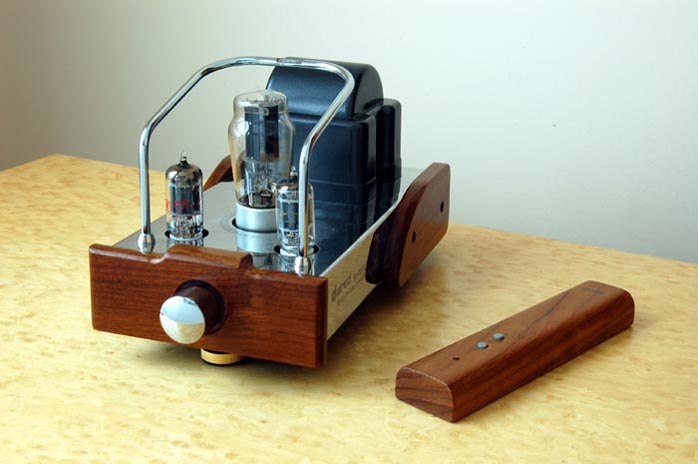
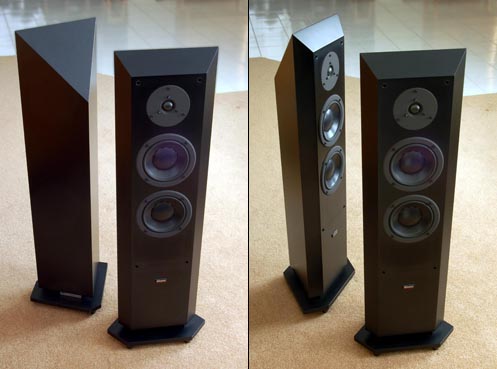
Compared to most hifi speakers, the Dynaudios are musical instruments. They pamper their listeners with natural timbres and spontaneous coherence throughout the entire frequency range. They are made for extended appeasement instead of immediate excitement. Mated with the wrong amps and/or source however (wrong here meaning too laid back), you'll suffer a loss of colors and vitality. The Kallisto, with the advantage of having a good balance of resolution and musicality, is not so picky about sources. Throughout my evaluation, I did a good deal of mixing and matching. The Kallisto won't let any source mess things up, maintaining its own composure under all
circumstances while remaining objective enough to let individual players shine through with their own identities. Restek's Radiant is a good ol' 16-bit CD player that does everything so right and so well that I bought two and keep getting offers from friends to part with one. (They are over-engineered and very few firms make CD players like it for that price anymore.)
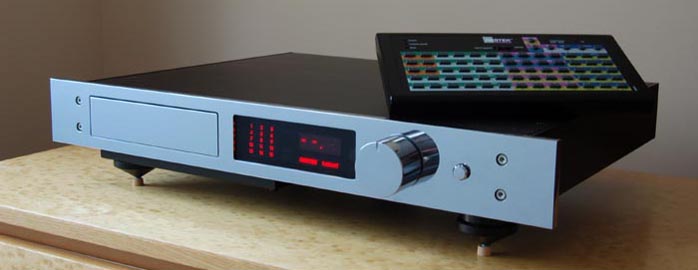
I used it with and without the Assemblage D2D-1 sample rate converter combined with their DAC-3.1 Platinum D/A converter. Other source equipment included a Marantz SA-8260 CD/SACD player and Philips' DVP-9000S universal player [below]. The Restek is the most neutral of them all. When the Assemblage's 24-bit/96-Hz upsampling is added, resolution elevates. However, the Assemblage D2D/DAC behaves quite differently when the HDCD decoding circuit is engaged. Then it gives the most natural un-hifi rendition on HDCD discs. The Marantz is the equivalent to the Restek when reading CD and SACD. It is the Philips that attains the highest resolution among the four. With its PCM-to-DSD upconverting, even less than ideal CD recordings can be drastically improved.
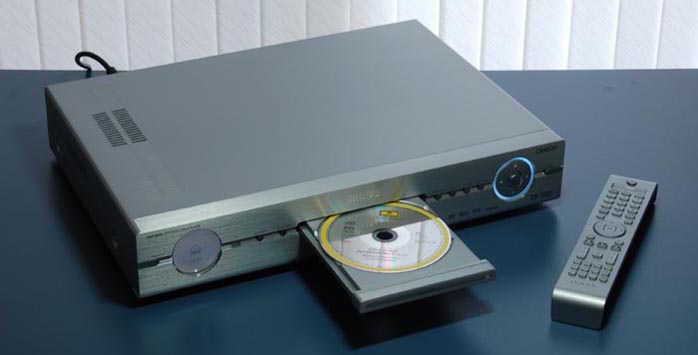
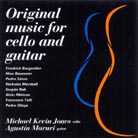
n general, speakers like the Dynaudios were best teamed up with the Philips DVP-9000S. If the amp was the NuForce Reference 9, I definitely threw in the Audio Zone Pre-T1 passive preamp, for a good measure of pure transparent no-MSG taste. Actually, that's one of my reference systems. But with the Kallisto, I needed more preamp gain and most of the time settled on the Dared SL-2000A. This combination had a very organic feel. Instruments with resonating chambers benefited further from a certain wooden overtone added to the palette. It wasn't quite nasal but close and actually quite charismatic. One CD that would best illustrate my point is Original Music for Cello and Guitar [EMEC E-001] played by Michael Kevin Jones on cello and Agustin Maruri on guitar. This CD is one of those 'demo' discs preloaded with audiophile attributes. Burgmüller's "Nocturne" is an instant pleaser. The Kallisto/Dynaudio
combo delivered the velvety cello sound and pearly guitar notes with the right amount of microdynamics depicting bowing action and fingernail dexterity. Max Baumann's "Hommage á de Falla" is a fiery virtuoso warhorse and the combo exemplified it with gleaming sparkles and electrifying picks. The Kallisto had enough vigor to emboss the Dynaudios for sure.
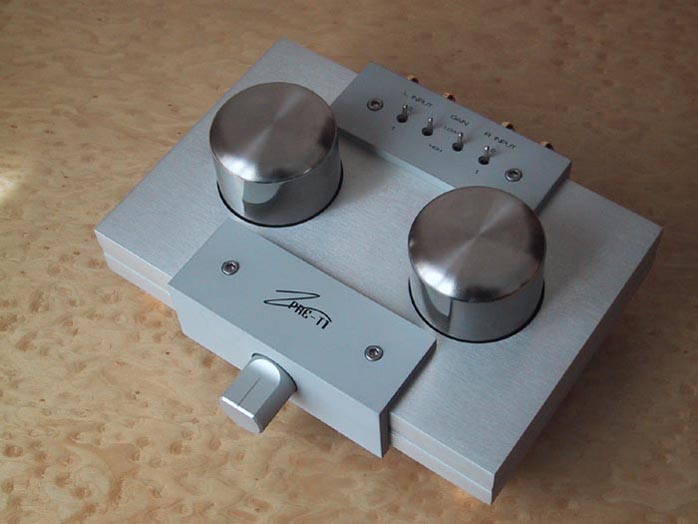

When I replaced the Dynaudio with the Unity Audio Inner Spirit, my eardrums felt like pupils moving from dark to bright light. It took a while to adapt and appreciate a different kind of sonic characteristic. What seemed to be harsh and shouting in the beginning gradually became clean and articulated. Though with limited bass extension to only 59Hz, the 4.5" Fostex widebander seemed to surpass the Dynaudio in ultra-high frequency extension and did a reasonably good job in imaging and detailing. Although the organic wooden overtone diminished, the guitar strumming was definitely spicier. An interesting comparison could be demonstrated with two CDs from
the same collection: Rossini's Complete Works for Piano Vol. 5 and Vol. 7 [Channel Classics CCS SA20504/24106]. Pianist Paolo Giacometti plays on an 1837 Erard in the first CD and on an 1858 Pleyel in the other. While the Dynaudio furnished the Erard with a very nostalgic wooden nasally sound, it was the Unity Audio that provided a more pronounced distinction between the two period instruments. The Pleyel sounded more strung up, primitive and shallow in harmonic terms. The Erard, despite being 21 years older, sounded fuller and richer, with more interesting shades of bolder tones and colors akin to modern pianos. I'm not in the least trying to imply that the Unity speaker was better than the Dynaudio. It so happened that with these recordings, and perhaps due to the lack of bass extension, the Unity managed to expose the major difference between the two pianos better. Therefore, it didn't surprise me that when I played Dvo?ák'sHussite Overture and Bloch's Concerto Grosso again, I had to switch back to the Dynaudios. The Facette beautified everything to the right extent.
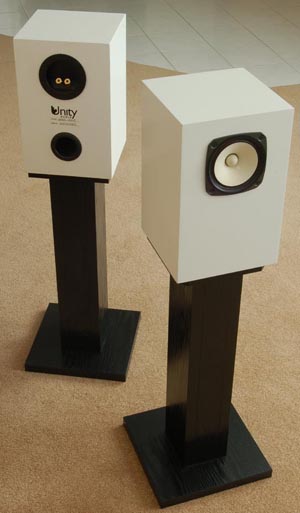
There are so many variables in a system that can and will fine-tune the Kallisto's sounds. For my tastes, the most authoritative balance between musicality and resolution and versatility of repertoire came from the combination of Philips DVP-9000S, Dared SL-2000A and two Loth-X BS-1 per channel stacked as d'Appollito arrays (connected in parallel to 4-ohm
taps). It'd have melted your heart with Neemi J?rvi's insightful reading of Tchaikovsky's Pathetique Symphony [BIS-SACD-1348] and set your adrenaline pumping with Jaz Coleman's arrangement of The Symphonic Music of Pink Floyd [Point Music 446 623-2]. Replacing the Dared with the Audio Zone Pre-T1 achieved yet higher resolution and transparency but traded off in warmth and bottom octave heft. As far as interconnects, speaker cables and power cords were concerned, I did try enough mix'n'match to conclude that none of them showed any adverse effects. I'd like to keep that part of the report out of the discussion however to avoid getting into micro subtlety and mega subjectivity.
Not all 300B amps are created equal and indeed, they can sound drastically different. Suppose that on a scale of -5 (the least valve bloom) to +5 (the most valve bloom), KR Audio is -5, Audio Note +5 and Song Audio +3? Where sits the Kallisto? Using the Restek Radiant CD player and Klipsch Synergy F2 as my references for neutrality, I invited my friend Frankie to bring over his KR Audio 18 BSI to do an A/B comparison.
Under the KR brand, tube guru Dr. Riccardo Kron materialized his ideal world of tube and transistor united. He called it Vacuum Transducer, which by his definition was vacuum transistor without the transistor. The KR signature sound therefore is, according to KR, warm and rich as a vacuum tube yet fast and transparent as solid state. Ask any KR fan and the answer of course is affirmative. Ask an Audio Note fan and be prepared for a heated debate. The KR 18 BSI uses a pair of 300Bs which are KR's own. This one-of-a-kind 300B has exceptionally high voltage and current ratings and therefore is categorically not interchangeable with fellow 300Bs. Its operating temperature requires a special cooling gel and metal heat sinks. With these muscle tubes on board, KR's Model 18 integrated amp is capable of 25 watts per side rather than the usual 8 for three times the power.
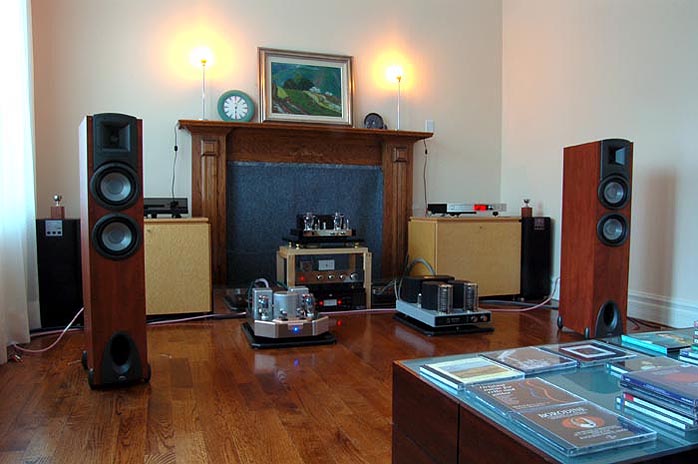
This comparison soon proved to be disadvantaging the KR unit. Frankie had been using his with an Atoll CD player and Klipsch La Scala speakers for amazing results. I'd auditioned that setup and told Frankie that it was the best La Scala sound I'd ever heard. Although the Synergy F2 retains some of the Klipsch signature sound, its smaller cabinet and fewer horns actually gives it a faster, more dynamic modern sound. With the KR, all these improvements were ironically translated into adversities, particularly with certain kinds of music. Chamber music and vocal were graceful and suave, with very cohesive tonal balance and fine texture. It was orchestral bombardment that shattered my steroid 300B dreams. I said bombardment deliberately because the KR amp really made forte tuttis in the "dry" recordings mentioned earlier assaultive and abrasive.
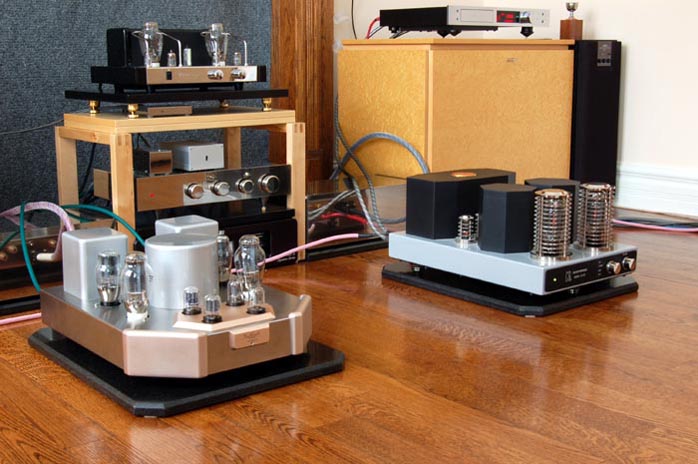
On the other hand, the Kallisto's sails were getting all the wind blown in their direction mated to my Symphonic Line RG3 Mk III preamp. Don't let yourself be misguided by that preamp's highly advanced modular circuit board and glossy high-tech metal chassis. Most people concur that this preamp is actually a solid-state implementation with a valve heart. It also happened to be a highly complimentary match for the Kallisto which, I now believe, was designed with the same principles in mind. Ably augmented by the Synergy F2, which is also designed to bridge resolution and musicality, I think that I have indeed found the 300B of my dreams. All the qualities the 300B is famous for are present in this combo, with spontaneity, conviction and aplomb.
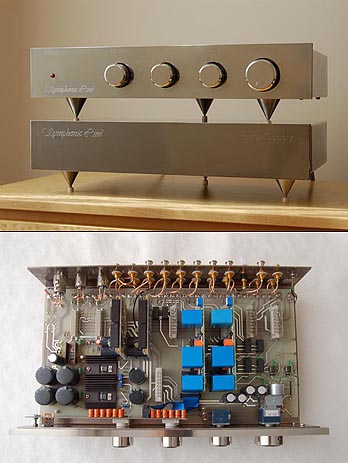
Technical confirmation
Looking at the specs, the Kallisto Sinfonia 300 demonstrates nothing special: 8 watts per channel at 3% THD + N, frequency response of 20 to 24,000Hz +/- 1dB, S/N ratio of 85dB (A weighted). Inside the chassis, nothing really jumps out and grabs you. It's the actual audition that floored me. I must reiterate that I've been searching for my 300B dream amp for many years and have heard, including this one, eight in total now (two of them were paralleled 300B configurations but I prefer single-valve SETs). I must confess as well that I have developed my own preferences which may not necessarily meet with other people's approval. At this point, it's beneficial to all concerned if I quickly ran through the 'unorthodox' approach of the Kallisto technicalities that contribute to the sonic behavior I happen to fancy.
Most tube gurus will prefer manual bias for the obvious reasons - it feels more professional, sophisticated, 'in control' and provides more power. However, the Kallisto has opted for auto-bias in the name of reliability and stability. SET purists, for nostalgic sentimental reasons, condemn negative feedback. However, the Kallisto administers minimal negative feedback for equilibrium. Negative feedback was an invention that arose around 1950. Purists who glorify tube amps as reliving the past will not live with negative feedback because it's moderntechnology. It's a matter of principle if you like. But when
you look at it objectively, zero-NFB is an ideal circuit that works best in an idealized world where all power companies maintain regulated wall power voltages and all vacuum tubes have 100% compatible ratings and never grow old and weary. It's what experienced pessimists would call an experimental circuit or textbook circuit and what inexperienced optimists would call sacrilege. In the real world that is bedeviled by uncontrollable variables like voltage fluctuations, NFB acts as the most viable governance for stabilization and regulation. It minimizes the difference between old and new tubes, lowers output impedance for better damping and reduces noise.
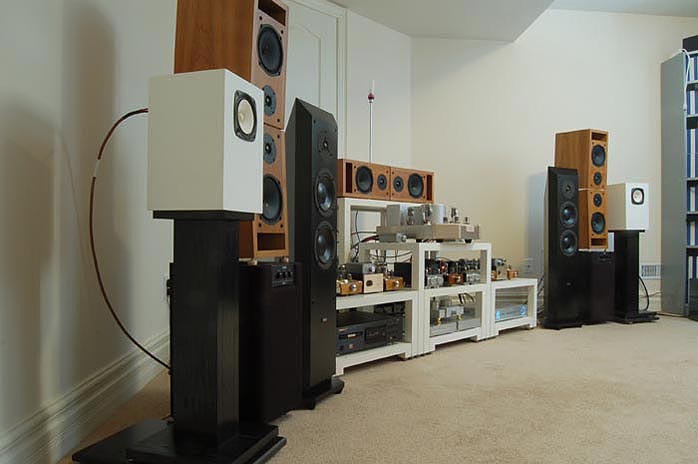
Regarding tube appointments, the Kallisto is quite conservative. Two Sovtek 5U4G tubes (one per side) are employed as rectifiers for double safety. A soft start is added on the AC input to minimize start up transients. Two 6SL7 tubes per channel handle voltage amplification, then impedance matching before the first-stage signal is passed to the power tube. Some amps skip the impedance matching tubes to save costs and end up magnifying the 6SL7 distortion. The heavy duty power transformer is an over-spec'd toroidal type with ample headroom. It has been tested for continuous operation where temperatures remained within 45°C to 48°C, well below the Canadian requirement of under 65°C. The output transformers are silicon-steel hand-wound audio grade which were bench-tested with a square-wave generator to exhibit vertical leads which denote very good transient response. (The technical details and bench test results were provided by my tube expert and engineering friend who modestly prefers to remain anonymous.
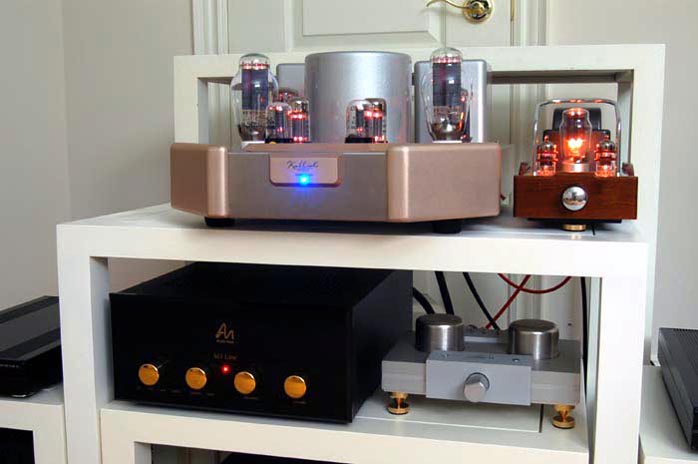
Back to my theoretical scale of -5 (KR, little valve coloration) to +5 (Audio Note, the most valve coloration), the Kallisto Sinfonia 300 sits somewhere between -1 and 0. Call it neutral, call it the best of both worlds. Call it bridging the gap, call it compromise. Whatever. For me, it's the best contender to fit my criteria of dream 300B amp - and I've heard 300B amps from Pacific Creek, Dared, Audio Space SET and PP, Audio Note, Song Audio, KR Audio, Antique Sound Lab PP and others. The only reason I am not writing a cheque is that I promised my wife not to purchase anything audio over 50 pounds in weight again. However, the Kallisto will be the yardstick and reference in my ongoing quest for my 300B amp. Perhaps by keeping the sweetest dream a memory, knowing that it's within reach and attainable yet not realizing it in this life, I'm guilty of romanticizing my obsession. But if I may recommend a dream or fantasy, here's my dream machine (minus the weight): the Kallisto Sinfonia 300, for romanticizing valves without indulging the sentiments